Getting a perfectly tender steak is something many home cooks struggle with. Even if you splurge on a quality cut, improper tenderizing techniques can leave you with tough, chewy meat that’s disappointing to eat. The difference between a melt-in-your-mouth steak and one that feels like shoe leather often comes down to these common mistakes that are easy to fix once you know what to look for.
1. Picking the Wrong Cut for Tenderizing
Some steaks simply don’t need much help in the tenderness department. That expensive filet mignon? Leave it alone! The natural tenderness makes additional tenderizing unnecessary and might actually ruin its delicate texture.
Tougher, more economical cuts like flank, skirt, or round steak benefit most from tenderizing techniques. These hardworking muscle areas contain more connective tissue that needs breaking down.
Understanding which cuts need help and which don’t prevents wasted effort and potentially ruined meals. The thickness matters too. Very thin cuts can quickly become mushy when tenderized, while thick steaks might need more attention to become properly tender throughout.
2. Rushing the Marinade Process
Patience pays off when marinating steak. The quick 15-minute soak many people try simply doesn’t allow enough time for those flavor-packed liquids to work their magic on tough muscle fibers. Marinades need hours—not minutes—to properly penetrate and transform meat.
For truly tender results, tougher cuts benefit from at least 4-24 hours in the refrigerator. The longer timeframe allows acids and enzymes to gradually break down connective tissues without damaging the meat’s structure. Planning ahead makes all the difference.
Prepare your marinade the night before, and you’ll be rewarded with dramatically improved texture and deeper flavor penetration that quick-soaking simply cannot achieve.
3. Forgetting the Acid Component
Many home cooks create marinades with plenty of oil and herbs but forget the crucial tenderizing element—acid. Without ingredients like lemon juice, vinegar, wine, or yogurt, you’re missing the key components that actually soften tough meat fibers.
Acids work by breaking down the bonds between protein molecules. This scientific process is what transforms a tough cut into something more tender and enjoyable. The mistake happens when marinades focus only on flavor without addressing texture.
Aim for a balanced ratio with approximately one part acid to four parts oil. Too much acid can actually toughen meat by cooking it prematurely (like ceviche), while too little won’t provide enough tenderizing power.
4. Going Hammer-Happy with the Mallet
The meat mallet isn’t meant to be a weapon of mass destruction! That enthusiastic pounding might feel satisfying, but excessive force transforms steak from pleasantly tender to unappetizingly mushy in seconds.
Proper technique involves gentle, controlled tapping with even pressure across the entire surface. You’re aiming to flatten slightly and break some fibers—not pulverize the meat into submission. Many cooks make the mistake of focusing too much force on certain spots while neglecting others.
Cover your steak with plastic wrap before pounding to prevent contamination and meat particles flying around your kitchen. This simple step also prevents the mallet from sticking to the meat as you work.
5. Neglecting to Score Tougher Cuts
Those shallow cuts across the surface of tough steaks aren’t just for show—they’re functional! Scoring creates pathways for marinades to penetrate deeper into the meat, significantly improving both flavor and tenderness.
The mistake happens when cooks leave the surface intact, especially with cuts like flank or skirt steak. Without scoring, marinades and seasonings remain largely on the surface, unable to work their way into the interior muscle fibers.
Make shallow diagonal cuts about ⅛-inch deep in a diamond pattern on both sides of the steak. Be careful not to cut too deeply—you want to create surface channels without compromising the steak’s structural integrity or allowing too much juice to escape during cooking.
6. Applying Salt at the Wrong Time
Salt isn’t just for flavor—it’s a powerful tenderizing agent that’s often misused. Sprinkling salt right before cooking doesn’t give it time to work its transformative magic on tough protein structures.
The science is fascinating: salt first draws moisture out, then the meat reabsorbs this now salt-infused liquid, helping break down tough muscle fibers. This process, called dry brining, needs at least 40 minutes—ideally 1-2 hours for thicker cuts. Avoid the common mistake of salting too early without enough salt (which just dries the meat) or too late (which seasons but doesn’t tenderize).
Use kosher salt generously on the surface, about 1 teaspoon per pound of meat, and give it proper time to work before cooking.
7. Overdoing Meat Tenderizer Powder
Commercial meat tenderizer powders contain enzymes like papain (from papaya) or bromelain (from pineapple) that break down proteins. While effective, these powerful substances can quickly transform your steak from pleasantly tender to disturbingly mushy.
The common mistake is treating tenderizer powder like regular seasoning. Unlike salt or pepper, a little goes a very long way! Excessive use creates an unpleasant slimy texture that no amount of perfect cooking can fix. Apply tenderizer powder very sparingly—just a light dusting over the surface is sufficient.
Always follow package directions for timing, as these enzymes continue working until heat deactivates them during cooking. For most cuts, 30 minutes is plenty.
8. Working with Ice-Cold Meat
Grabbing steak straight from the refrigerator for immediate tenderizing is a rookie move that compromises results. Cold muscle fibers contract and tighten, making them resistant to both mechanical and chemical tenderizing methods.
Muscle fibers in cold meat are like tightly closed doors—marinades can’t penetrate effectively, and mallets meet unnecessary resistance. This tension requires more force during mechanical tenderizing, potentially damaging the meat structure. Allow your steak to rest at room temperature for 30-45 minutes before any tenderizing treatment.
This simple step relaxes the muscle fibers, making them more receptive to tenderizing techniques while ensuring more even cooking later. Just don’t exceed the food safety window of 2 hours at room temperature.
9. Tenderizing With the Grain
Look closely at any steak and you’ll notice distinct lines running in one direction—that’s the grain, representing bundles of muscle fibers. Tenderizing parallel to these lines (with the grain) maintains their length, preserving the very toughness you’re trying to eliminate.
Effective tenderizing requires working perpendicular to these lines (against the grain). This approach shortens the muscle fibers rather than simply flattening them. When you pound or score with the grain, you’re essentially leaving the tough fibers intact.
Before applying any tenderizing technique, take a moment to identify which direction the muscle fibers run. Turn your steak if necessary so you can work across these lines, not along them. This simple directional awareness dramatically improves tenderness results.
10. Skipping the Post-Tenderizing Rest
Many cooks immediately transition from tenderizing to cooking, missing a crucial step in the process. Freshly pounded or scored meat needs recovery time to relax and reabsorb any moisture that was released during the mechanical process.
Think of it like getting a deep tissue massage—your muscles need time to adjust afterward. The same principle applies to meat fibers that have been physically manipulated. Without this rest period, the disrupted muscle fibers haven’t had time to settle into their new arrangement.
Allow your steak to rest for at least 10-15 minutes after physical tenderizing before cooking. For marinated meats, pat them dry with paper towels before cooking to ensure proper browning, as wet surfaces steam rather than sear.
11. Using Inappropriate Tenderizing Tools
Kitchen creativity is wonderful, but improvising with forks, knife points, or random household objects to tenderize steak often leads to disappointment.
These makeshift tools create uneven results with tears and punctures that allow precious juices to escape during cooking. Professional meat tenderizers are designed with specific patterns and weights for a reason. The flat side gently flattens without tearing, while the textured side creates uniform penetration. Jaccard-style blade tenderizers cut muscle fibers without creating large holes.
If you don’t have a proper tenderizer, a heavy rolling pin wrapped in plastic provides better results than a fork. Or try the enzymatic approach with a marinade containing pineapple or papaya instead of damaging the meat with improper tools.
12. Cooking Tenderized Meat Too Quickly
After putting effort into tenderizing, many cooks sabotage their work by using high-heat, fast cooking methods that don’t complement the tenderizing technique. Mechanical tenderizing changes the meat’s structure, requiring adjusted cooking approaches.
High heat can cause pounded or scored meat to contract rapidly, undoing the tenderizing work and resulting in a tough, chewy texture. The flattened structure also means the meat cooks much faster than expected, often leading to overcooking. Consider gentler methods like reverse searing (starting low and slow, finishing with high heat) for tenderized steaks.
Medium heat works better than extreme temperatures, allowing proteins to denature gradually without seizing up. Remember that tenderized meat generally needs 20-30% less cooking time than untreated cuts.
13. Failing to Dry the Surface Before Cooking
After marinating or wet-tenderizing, many cooks transfer the dripping steak directly to the hot pan. This seemingly small oversight prevents proper searing, which is crucial for developing flavor and sealing in juices that contribute to tenderness.
Physics explains why: moisture on the surface must evaporate before temperatures can rise above 212°F (water’s boiling point). This means the meat steams rather than sears, resulting in a pale, soft exterior instead of the flavorful crust that helps lock in moisture.
Take 30 seconds to thoroughly pat both sides of your steak dry with paper towels before it hits the heat. This simple step ensures immediate browning, better flavor development, and improved moisture retention—all factors that enhance the perception of tenderness in the final dish.
14. Ignoring Natural Tenderizing Methods
Chemical meat tenderizers and mallets aren’t the only options—nature provides excellent tenderizing agents that many cooks overlook. Fruits like kiwi, pineapple, and papaya contain enzymes that naturally break down tough protein fibers without artificial additives.
Fresh pineapple contains bromelain, papaya has papain, and kiwi offers actinidin—all powerful protein-dissolving enzymes. The mistake happens when cooks rely exclusively on mechanical methods or commercial powders instead of these natural alternatives.
Try adding pureed kiwi to your marinade (about 2 tablespoons per cup of liquid) or thin slices of fresh pineapple laid over your steak for 30 minutes before cooking. Remove the fruit completely before cooking, as the enzymes continue working until heat deactivates them. These natural methods often produce more balanced results than commercial tenderizers.
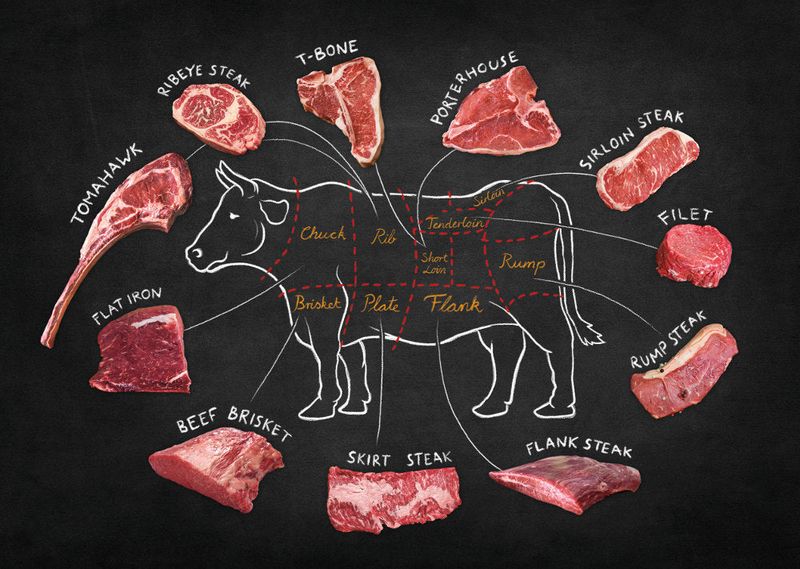
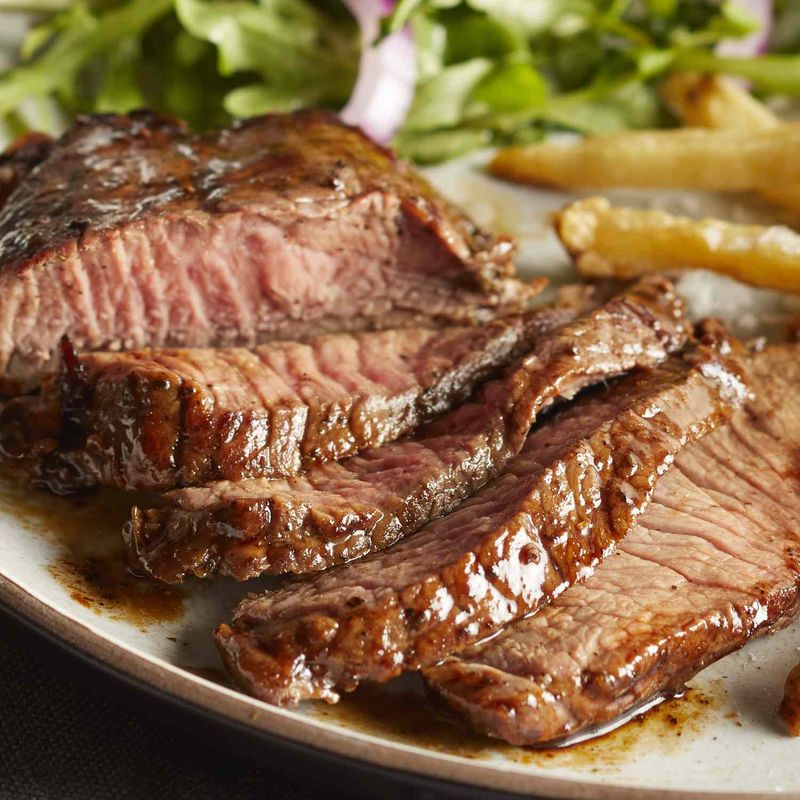
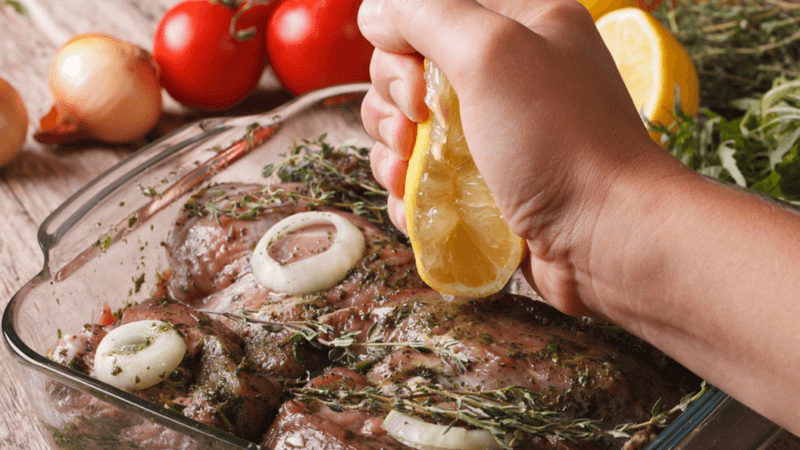
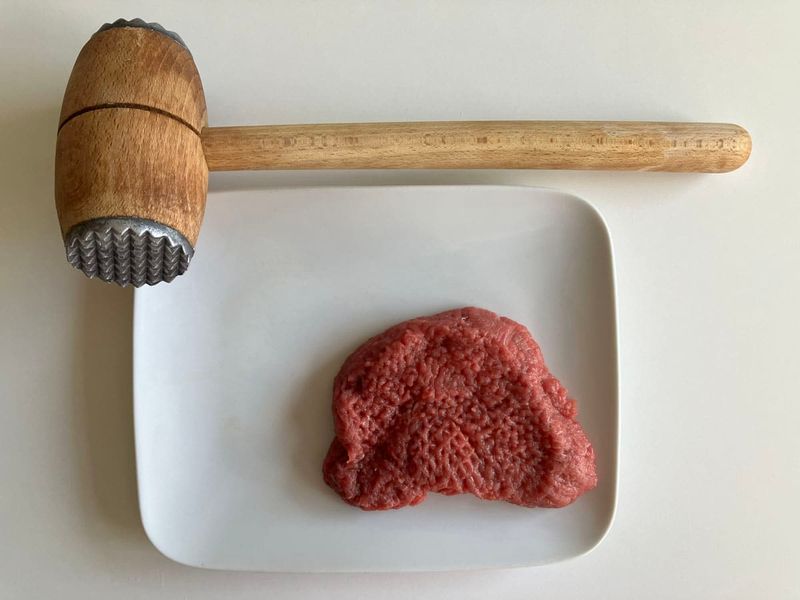
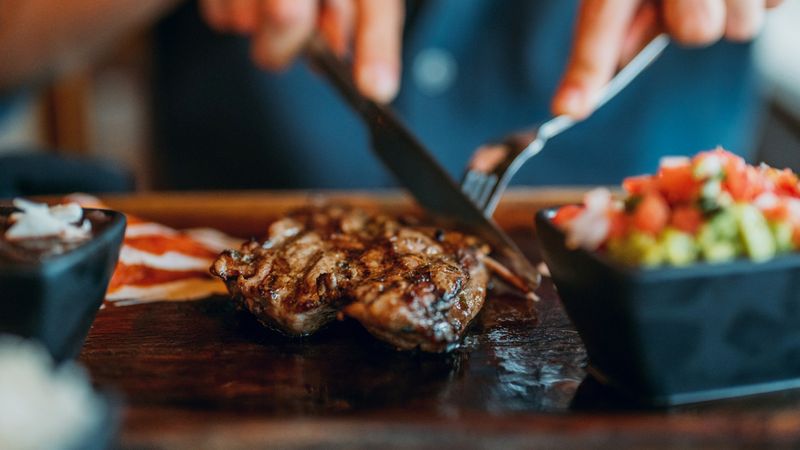
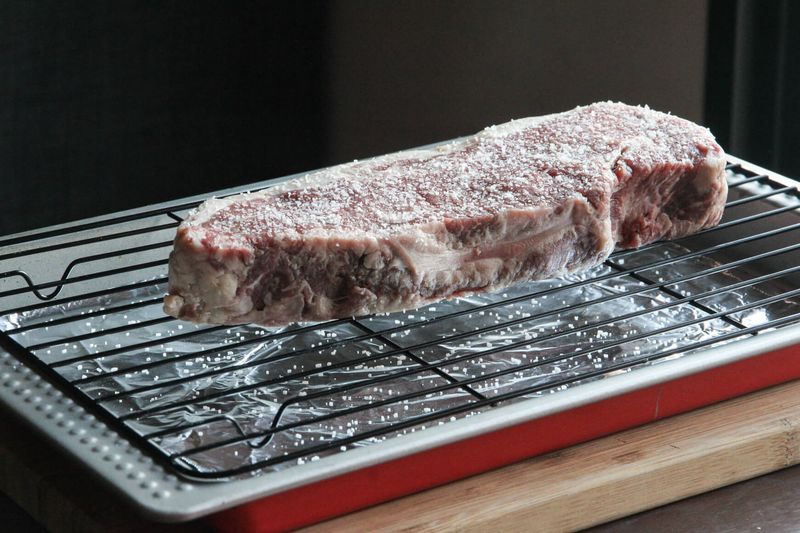
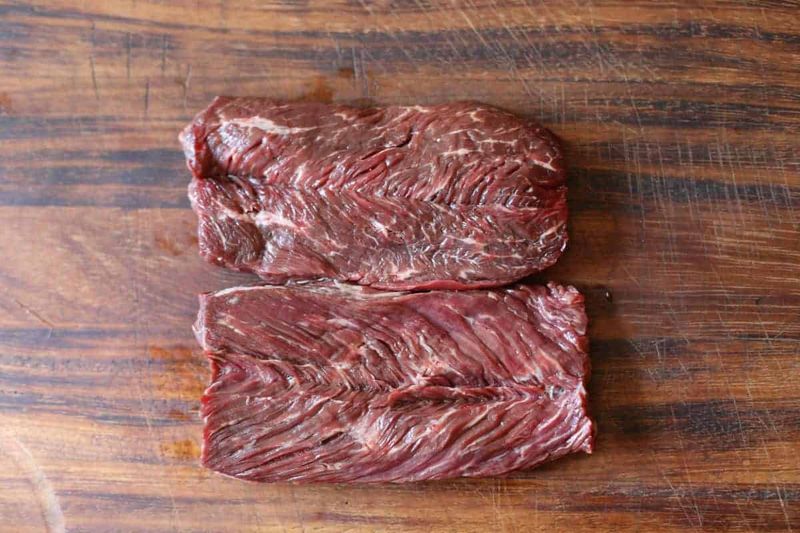
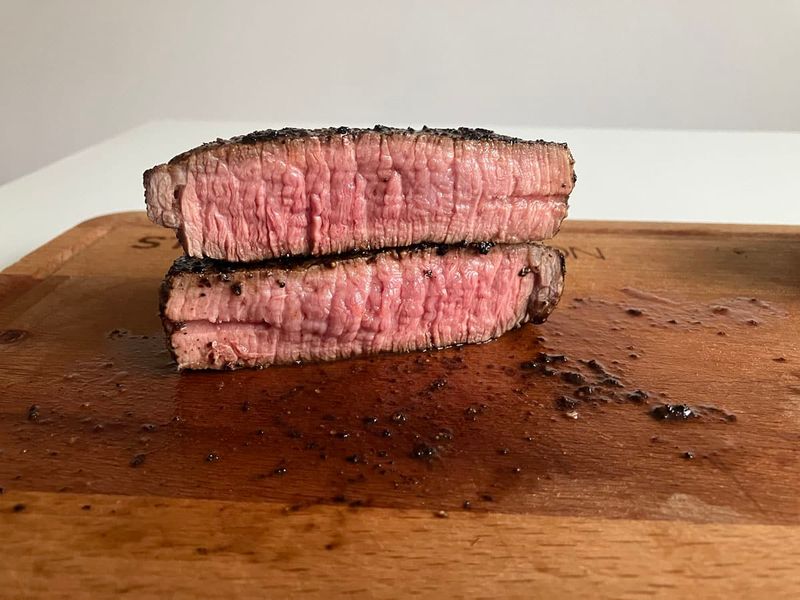
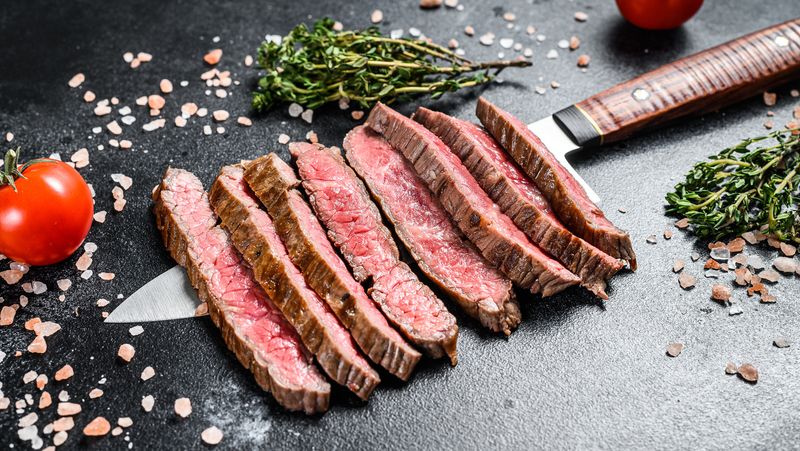

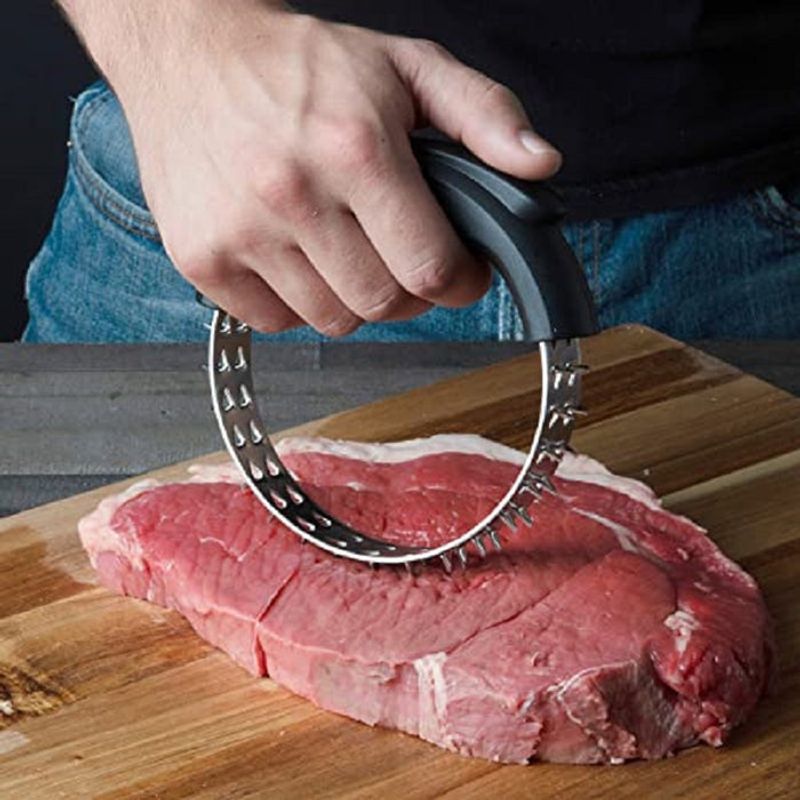
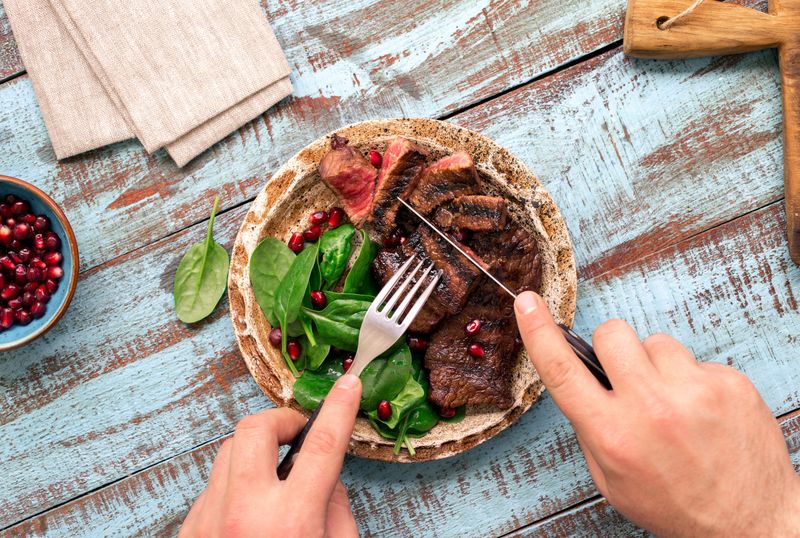
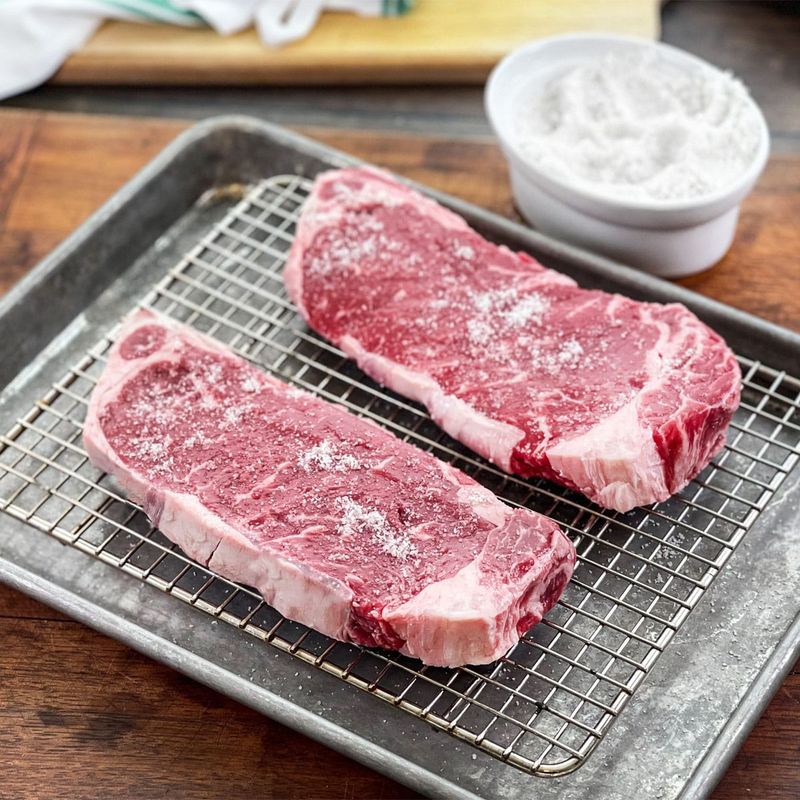

Leave a comment